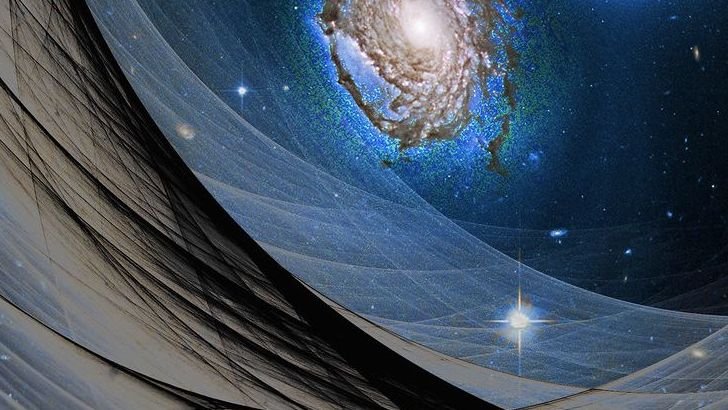Picture this for a moment: you’re tossing a ball into the air, expecting gravity to slow it down and bring it back. Instead, the ball starts accelerating upward, flying away faster and faster until it disappears into the sky. That’s essentially what scientists discovered about our universe in 1998, and it completely shattered our understanding of cosmic physics.
The Shocking Discovery That Changed Everything
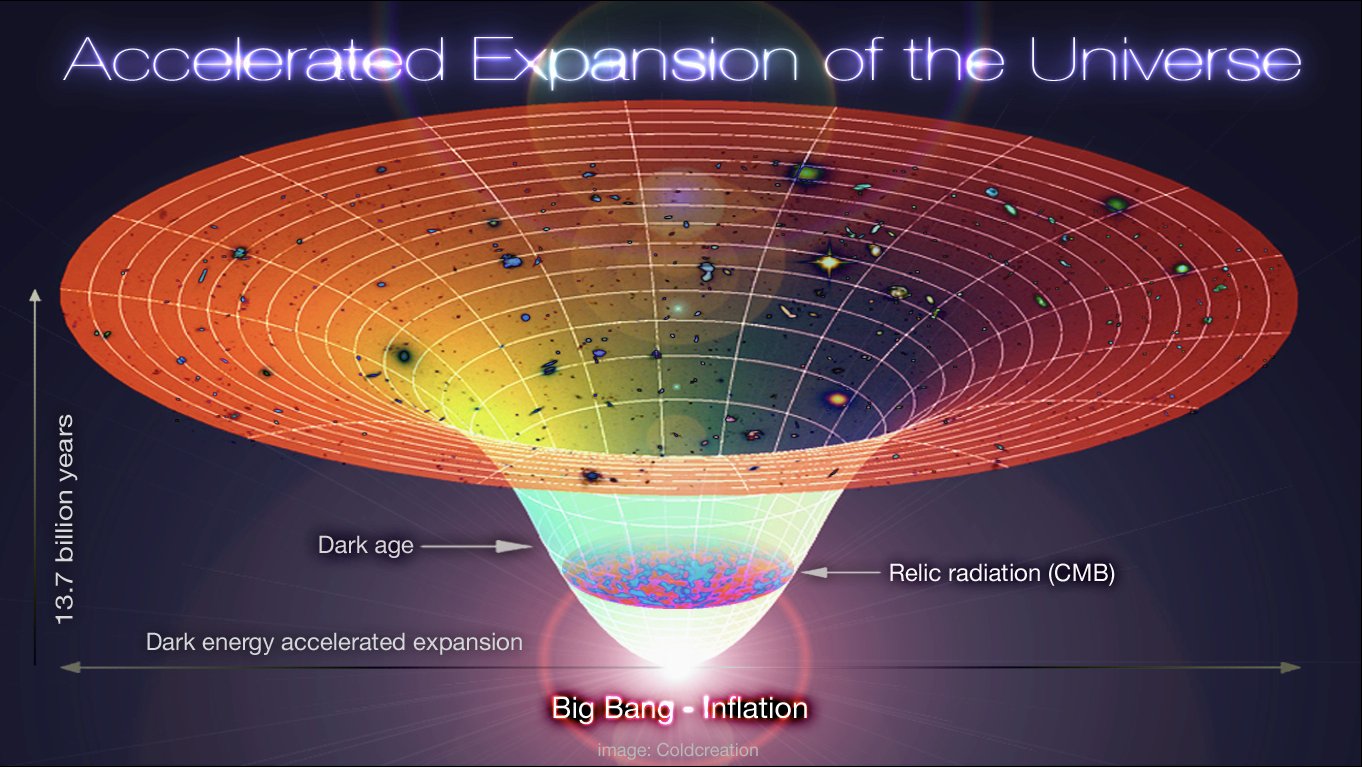
In 1998, two independent teams of astronomers studying exploding stars called supernovae found that distant galaxies were not only moving away from us, but doing so faster over time. These weren’t just casual observations either – they were meticulous measurements of Type Ia supernovae, which act like cosmic lighthouses with known brightness. When the teams compared how bright these stellar explosions appeared versus how far away they should be, something was terribly wrong.
The unexpected result was that objects in the universe are moving away from one another at an accelerating rate. Cosmologists at the time expected that recession velocity would always be decelerating, due to the gravitational attraction of the matter in the universe. This discovery was so groundbreaking that the scientists who discovered cosmic acceleration received the 2011 Nobel Prize in Physics.
What Exactly is Dark Energy?
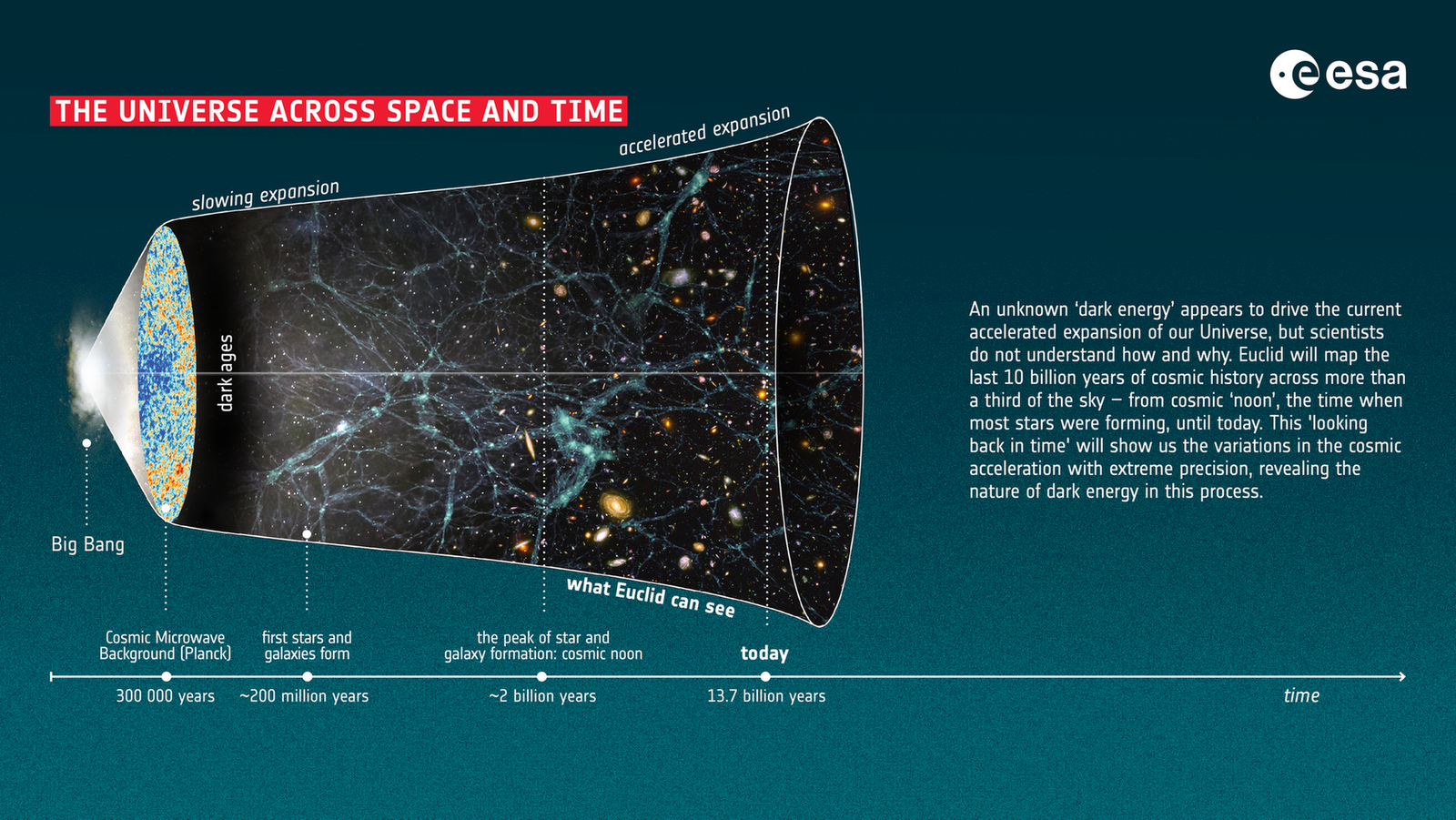
Right now, dark energy is just the name that astronomers gave to the mysterious “something” that is causing the universe to expand at an accelerated rate. Think of it as the universe’s invisible hand, pushing everything apart with relentless force. But here’s what makes it truly mind-bending: dark energy makes up approximately 68.3 to 70% of the universe, while dark matter and ordinary matter contribute 27% and 5% respectively.
Dark energy has been described by some as having the effect of a negative pressure that is pushing space outward. However, we don’t know if dark energy has the effect of any type of force at all. It’s like trying to understand a ghost that leaves footprints but never shows itself. Dark energy’s density is very low: much less than the density of ordinary matter or dark matter within galaxies. However, it dominates the universe’s mass–energy content because it is uniform across space.
Einstein’s Greatest Blunder That Wasn’t
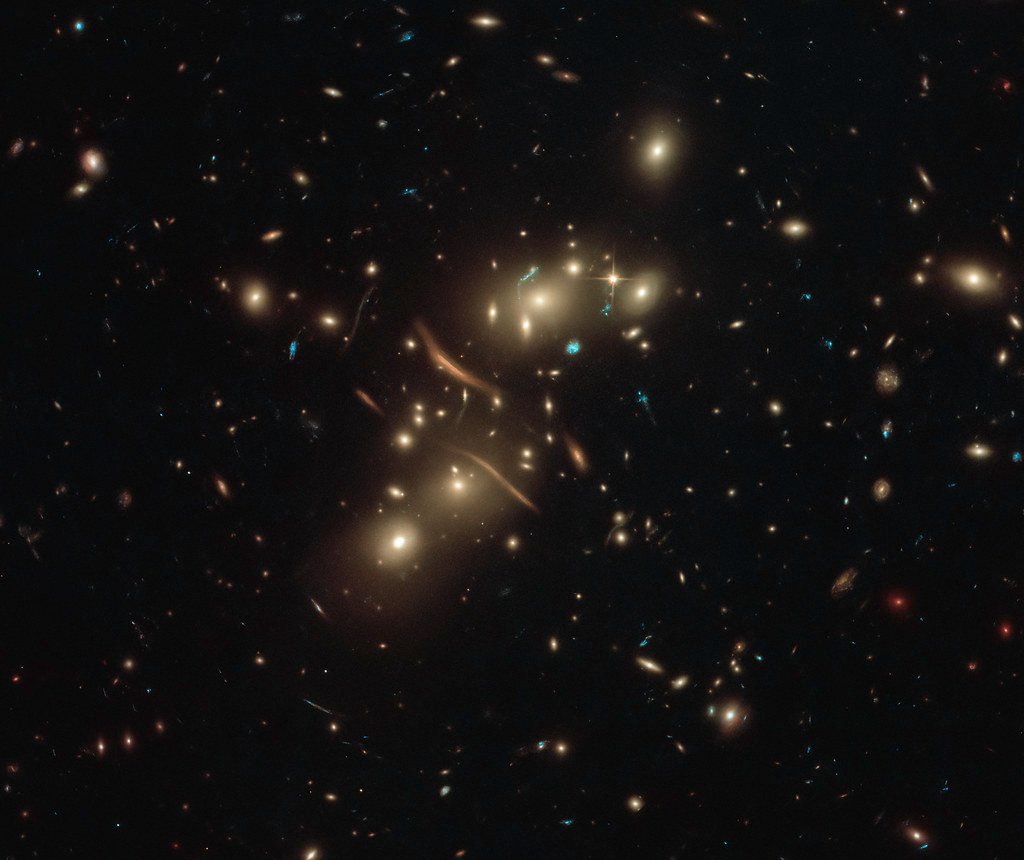
The story of dark energy actually begins with Albert Einstein himself. Einstein introduced the constant in 1917 to counterbalance the effect of gravity and achieve a static universe, which was then assumed. Einstein’s cosmological constant was abandoned after Edwin Hubble confirmed that the universe was expanding. Einstein removed the constant, which physicist George Gamow later characterized as Einstein calling “my biggest blunder.”
But here’s the twist that would have made Einstein’s head spin: Three decades after his death, astronomers looking at supernovae discovered the universe’s expansion was accelerating. The simplest explanation for this acceleration was to revive Einstein’s cosmological constant as a repelling force. What he considered his greatest mistake turned out to be one of his most prescient insights.
The Quantum Vacuum Catastrophe
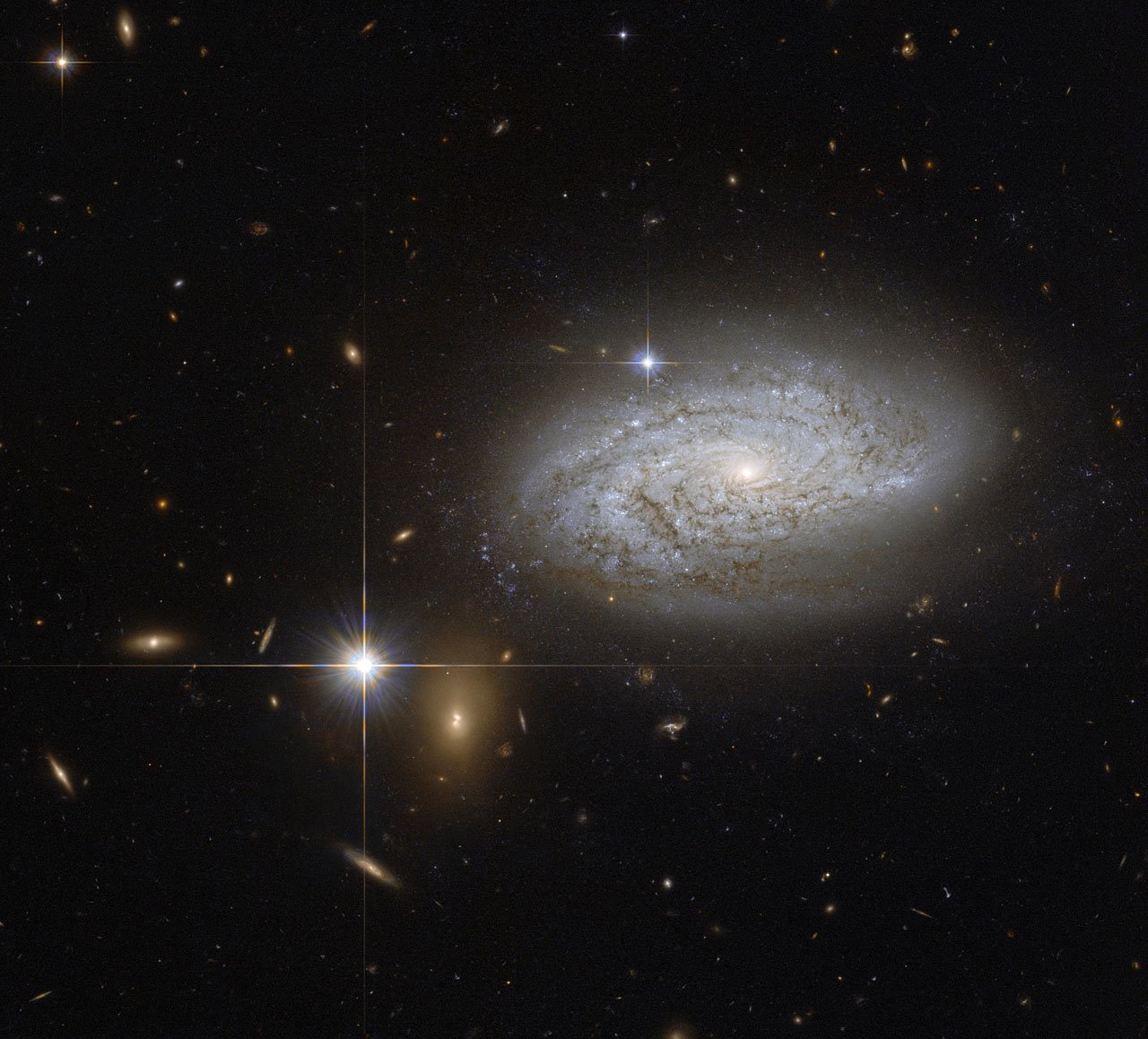
Scientists have proposed that dark energy might be related to what’s called vacuum energy – the energy that exists even in completely empty space due to quantum fluctuations. Some scientists think that dark energy is a fundamental, ever-present background energy in space known as vacuum energy, which could be equal to the cosmological constant. It’s like saying that even nothingness has energy, which sounds paradoxical but is a fundamental prediction of quantum physics.
However, there’s a colossal problem here that physicists call “the worst theoretical prediction in the history of physics.” The quantum vacuum energy contribution to the effective cosmological constant is calculated to be between 50 and as many as 120 orders of magnitude greater than has actually been observed. Imagine trying to explain why your coffee cup should weigh as much as the entire observable universe – that’s the scale of this discrepancy.
Recent Revolutionary Findings from DESI
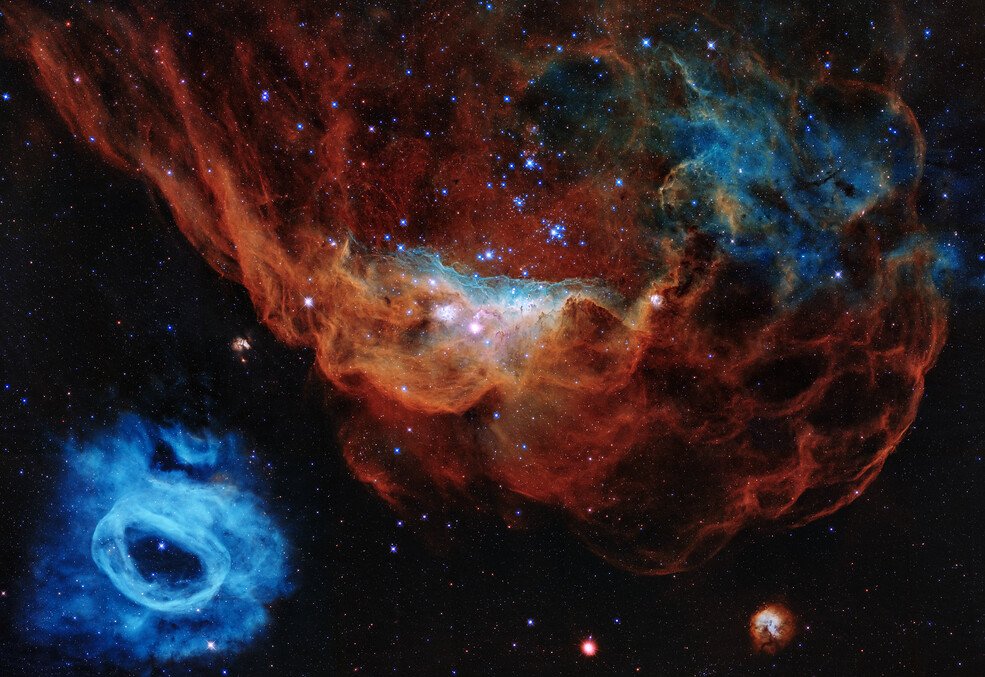
New results from the Dark Energy Spectroscopic Instrument (DESI) collaboration use the largest 3D map of our universe ever made to track dark energy’s influence over the past 11 billion years. Researchers see hints that dark energy, widely thought to be a “cosmological constant,” might be evolving over time in unexpected ways. This isn’t just another incremental scientific update – it’s potentially earth-shattering.
The analysis, conducted without prior knowledge of the outcomes, revealed that dark energy appears to change over time rather than staying constant, as previously thought. The new follow-up analysis, informed by additional data, has provided even stronger evidence of this evolving dark energy. It’s not just that the data continue to show a preference for evolving dark energy, but that the evidence is stronger now than it was.
The Statistical Significance Builds
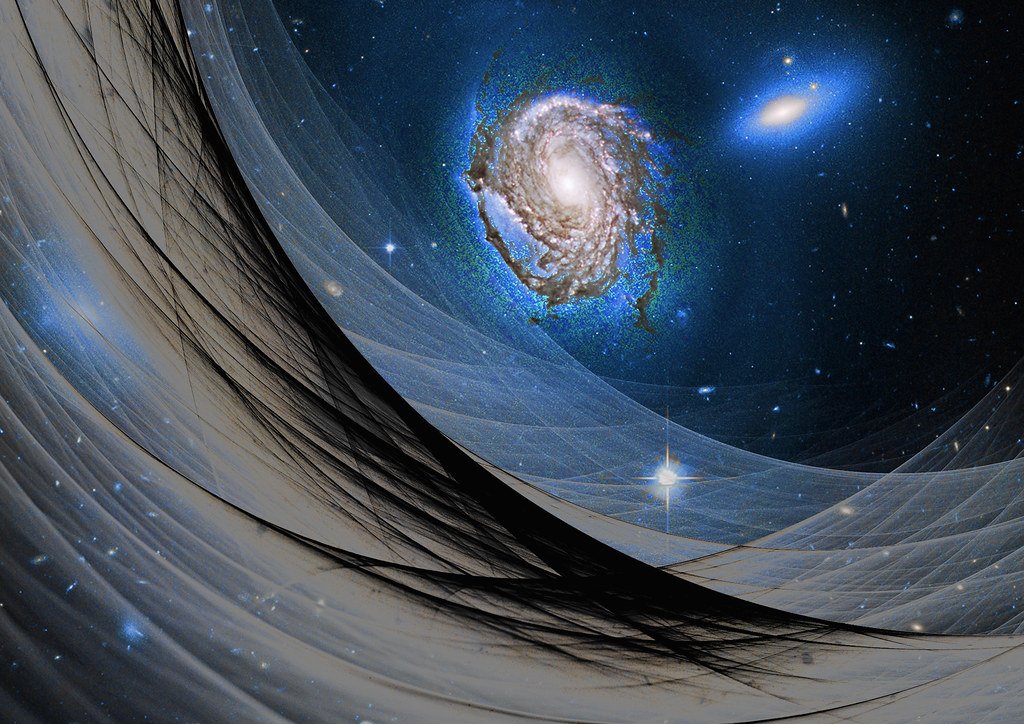
In science, discoveries need to reach what’s called “5 sigma” – meaning there’s only a one in 3.5 million chance the result is a statistical fluke. So far, the preference for an evolving dark energy has not risen to “5 sigma,” the gold standard in physics that represents the threshold for a discovery. However, different combinations of DESI data with the CMB, weak lensing and supernovae sets range from 2.8 to 4.2 sigma.
With a 4.2-sigma significance, I think we are getting to the point of no return. In this new analysis, not only have we confirmed our previous findings that dark energy is likely evolving over time, but we are increasing their significance. It’s like watching storm clouds gather – the evidence keeps building, and something big might be brewing.
How DESI Maps the Universe’s History
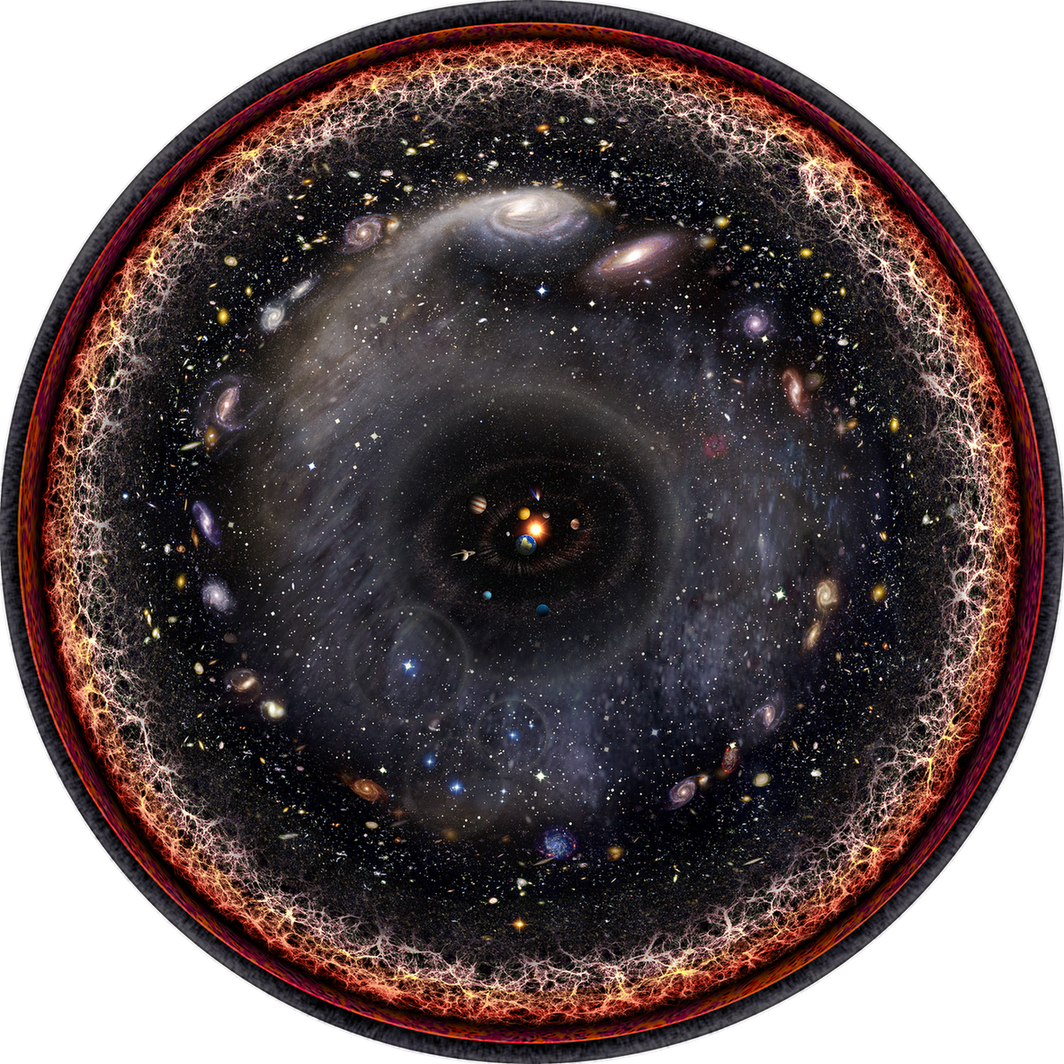
Events in the very early universe left subtle patterns in how matter is distributed, a feature called baryon acoustic oscillations (BAO). That BAO pattern acts as a standard ruler, with its size at different times directly affected by how the universe was expanding. Think of these patterns like cosmic fossils that preserve snapshots of how the universe was behaving at different epochs.
DESI is a state-of-the-art instrument and can capture light from up to 5,000 objects simultaneously. The state-of-the-art instrument can capture light from 5,000 galaxies simultaneously and was constructed and is operated with funding from the DOE Office of Science. The new analysis uses data from the first three years of observations and includes nearly 15 million of the best measured galaxies and quasars.
Alternative Theories Challenge Everything
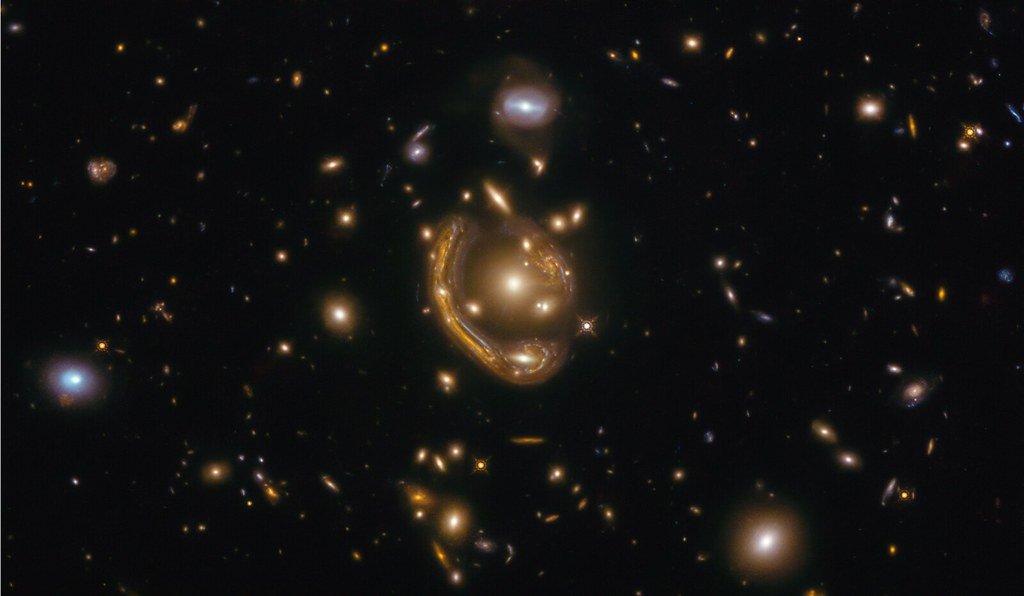
Not everyone is convinced that dark energy even exists. Groundbreaking research led by Professor David Wiltshire from the University of Canterbury in New Zealand challenges this theory. According to the study, the perceived acceleration might not exist – it could be a distortion caused by gravity’s influence on time. This alternative explanation suggests we might have been chasing cosmic phantoms all along.
If the timescape model is confirmed, it would revolutionize cosmology. By explaining the apparent acceleration as a natural consequence of gravitational effects on time, it could eliminate the need for dark energy altogether. It’s like discovering that what you thought was a monster in the shadows was just your coat hanging on a chair.
The Implications for Our Cosmic Future
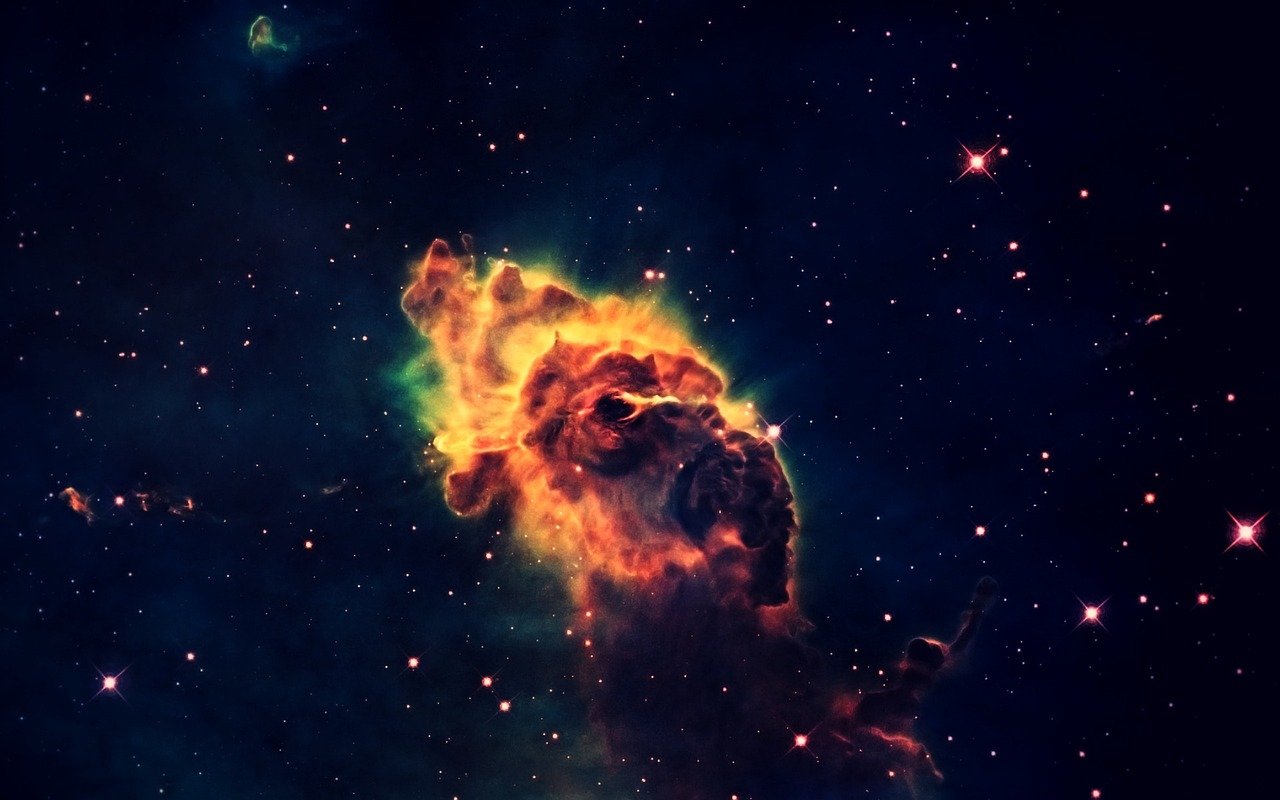
What we saw in the DESI experiments, and now strengthened by our South Pole Telescope observations, is that dark energy is becoming weaker with time, or time-evolving. Dark energy’s acceleration of the universe’s expansion may stop far in the future. This discovery could fundamentally alter our understanding of the universe’s ultimate fate.
If dark energy continues to weaken, our cosmic story might have a very different ending than scientists previously imagined. Instead of the universe expanding forever at an accelerating pace, it might eventually slow down or even reverse course. The accelerated expansion of the universe is thought to have begun since the universe entered its dark-energy-dominated era roughly 5 billion years ago.
Why This Discovery Matters Beyond Cosmology
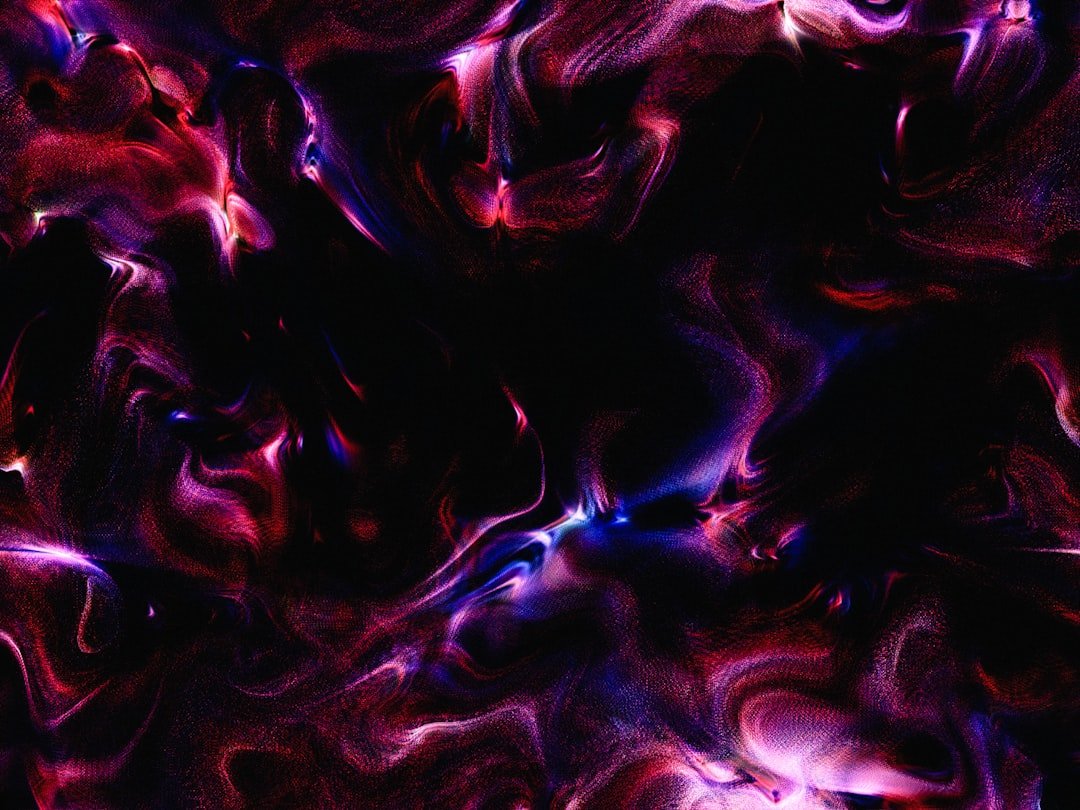
Dark energy may be an inherent feature of the universe, or it could be something related to new and unknown particles or forces. It could also be a hint that Einstein’s theory of general relativity is not a complete description of gravity. We’re potentially looking at the first cracks in one of physics’ most successful theories.
Heady with delight and confusion, theorists began scrambling to explain DESI’s findings and resurfaced old, more complex ideas shelved decades ago. It’s like archaeologists suddenly finding artifacts that don’t fit any known civilization – exciting, but deeply unsettling for established knowledge.
Conclusion: Standing on the Edge of Discovery
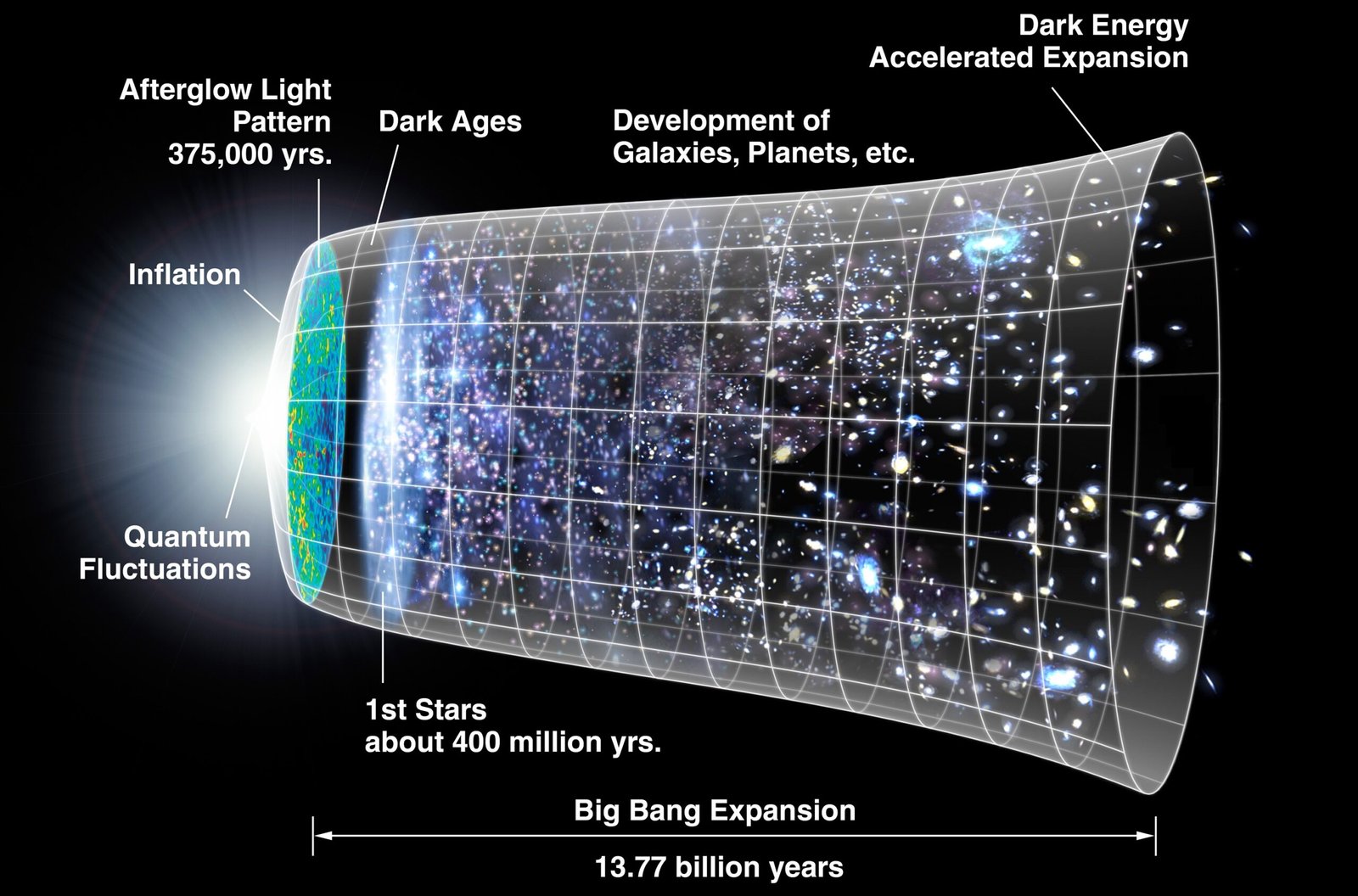
We’re living through one of those rare moments in scientific history where our fundamental understanding of reality might be about to shift. The results are nothing short of remarkable, suggesting that the study may signal a paradigm shift in our understanding of dark energy – which drives the accelerated expansion of the universe, but remains unexplained by current physical theories.
What we are seeing is deeply intriguing. It is exciting to think that we may be on the cusp of a major discovery about dark energy and the fundamental nature of our universe. Whether dark energy is evolving, whether it’s an illusion created by cosmic structures, or whether we need entirely new physics to understand it, one thing is certain: the universe continues to surprise us in the most spectacular ways.
The next few years of DESI observations and other cosmic surveys will likely determine whether we’re witnessing the birth of a new era in cosmology or simply another cosmic red herring. Either way, isn’t it thrilling to live in a time when we can peer 11 billion years into the past and still be surprised by what we find?

